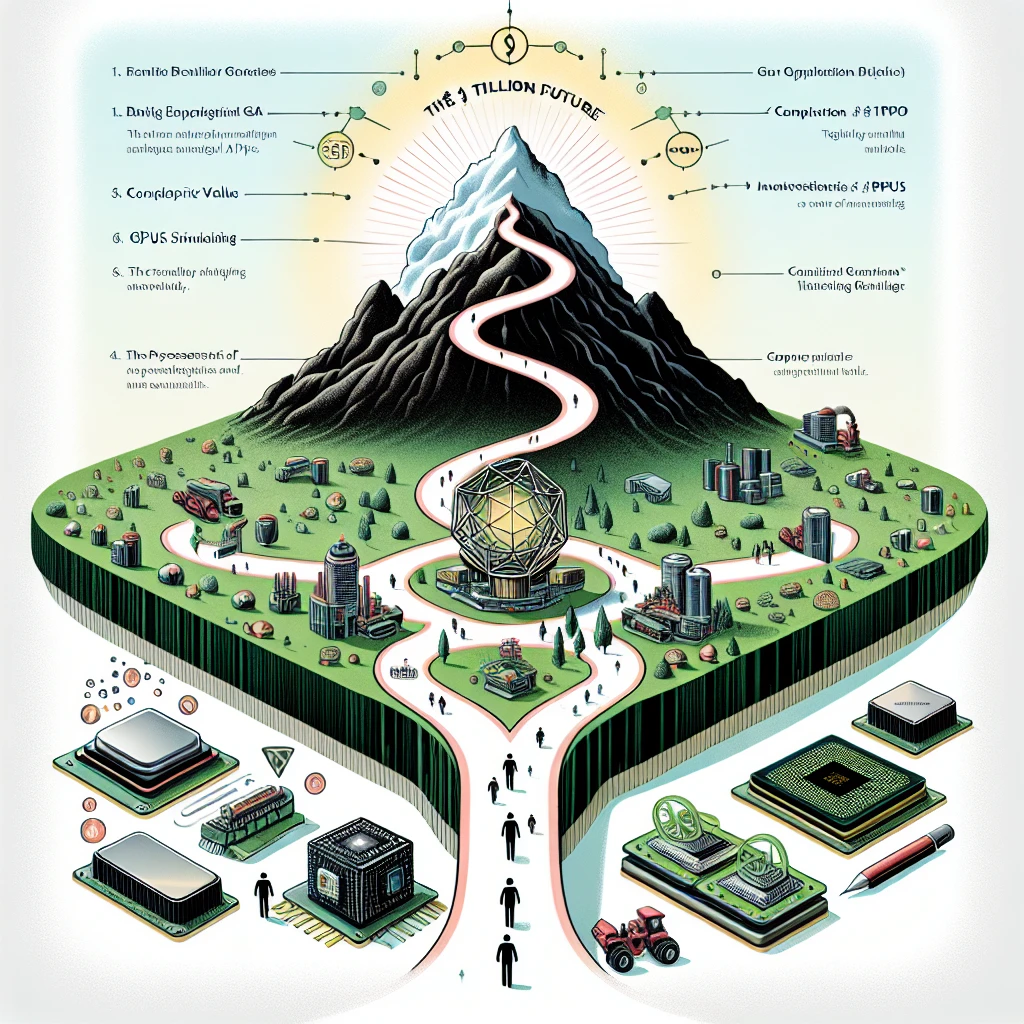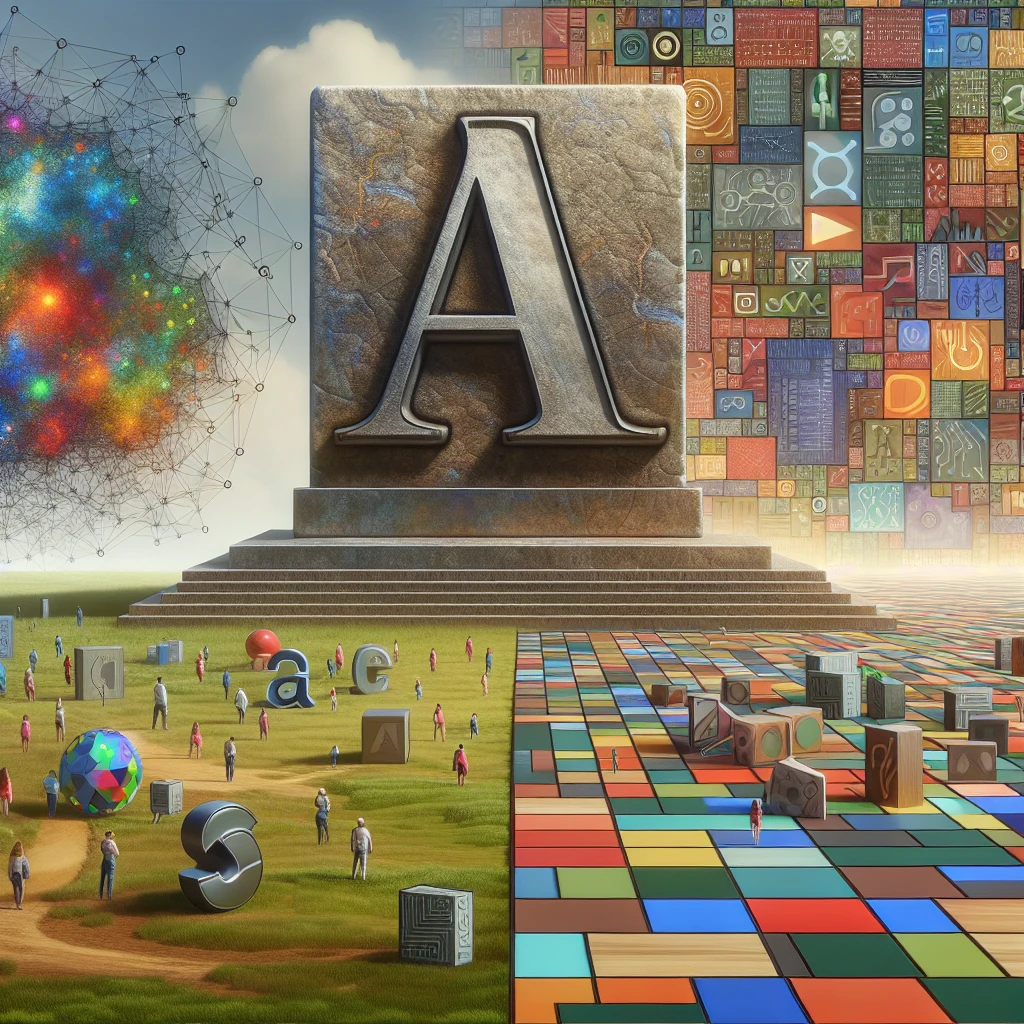Contents
Microsoft’s Expanding Energy Horizons
Microsoft is making significant investments in data centers to accommodate the expansion of its cloud computing and artificial intelligence (AI) operations. These facilities demand substantial power, particularly for AI applications. For instance, powering AI-driven applications like ChatGPT consumes ten times the electricity of a standard Google search query.
Securing Energy Sources
To support its growth, Microsoft is actively securing diverse energy sources. The company recently entered into agreements to procure nuclear energy from Constellation Energy and renewable energy from Brookfield Renewable. These strategic partnerships are poised to supply Microsoft with the energy it needs to sustain its future ambitions.
Going Nuclear with Constellation Energy
Microsoft has entered a 20-year power purchase agreement (PPA) with Constellation Energy, a prominent nuclear energy producer. This agreement is instrumental in launching the Crane Clean Energy Center by reviving Three Mile Island Unit 1, which was shut down five years ago due to operational and economic challenges. The plan is to bring this unit back online to provide Microsoft’s data centers with carbon-free energy for decades.
Constellation Energy anticipates that the refurbished nuclear unit, renamed after its former CEO, will commence power generation by 2028. This will be the first-ever restart of a decommissioned nuclear power plant in the U.S. The company plans to invest approximately $1.6 billion to reactivate the plant. With an ability to generate 835 megawatts (MW) of carbon-free electricity, the plant is expected to operate until at least 2054. This 20-year PPA stands as the largest ever signed by Constellation Energy, ensuring a steady income for the next two decades.
Located adjacent to the infamous Unit 2, which experienced a partial meltdown in 1979, Three Mile Island Unit 1 was unaffected by the incident. Constellation Energy has no plans to restart Unit 2.
Harnessing Microsoft’s Energy Demand
Beyond Constellation Energy, other companies are capitalizing on Microsoft’s energy needs. In May, Microsoft inked a substantial agreement with Brookfield Renewable. This collaboration will see Brookfield deliver over 10.5 gigawatts (GW) of new renewable energy capacity by 2030. This record-breaking corporate PPA is nearly eight times larger than the previous record and lays the groundwork for Brookfield to build and supply 10.5 GW of renewable energy in the U.S. and Europe. It aligns with Microsoft’s goal of sourcing 100% of its power from zero-carbon energy by 2030.
While initially focused on renewable energy in the U.S. and Europe, the agreement has the potential to expand into other regions like Asia-Pacific, India, and Latin America, where Brookfield maintains a strong presence. The focus will extend beyond wind and solar to incorporate new or impactful carbon-free energy-generation technologies.
Moreover, Microsoft’s interest in nuclear energy could also benefit Brookfield. Although Brookfield does not directly operate nuclear facilities, it holds investments in Westinghouse, a leading global nuclear services company, which could assist in restarting dormant nuclear plants and developing new nuclear capacities, such as small modular reactors.
A Future of Powerful Growth
The next two decades promise an unprecedented global expansion in electricity infrastructure to support the rise of cloud computing, AI, electric vehicles, and other demand drivers. Microsoft is positioning itself ahead of the curve by securing the necessary power to fuel its growth ambitions. This strategy is driving growth for Constellation Energy and Brookfield Renewable, presenting them as attractive investment opportunities for those looking to capitalize on the impending power surge.
Investment Considerations
Before considering an investment in Microsoft, it’s worthwhile to explore alternative options. The Motley Fool’s Stock Advisor analyst team recently identified what they regard as the top 10 stocks for current investments, and surprisingly, Microsoft did not make the list. These selected stocks have the potential for significant returns in the coming years.
For instance, investing $1,000 in Nvidia when it was recommended by Stock Advisor on April 15, 2005, would now be worth $710,860. Stock Advisor provides investors with a clear roadmap for success, including portfolio-building guidance, regular updates from analysts, and two new stock recommendations each month. Since 2002, the service has outperformed the S&P 500 by more than four times.
To discover the top 10 stocks recommended by Stock Advisor, consider exploring their insights and guidance.



